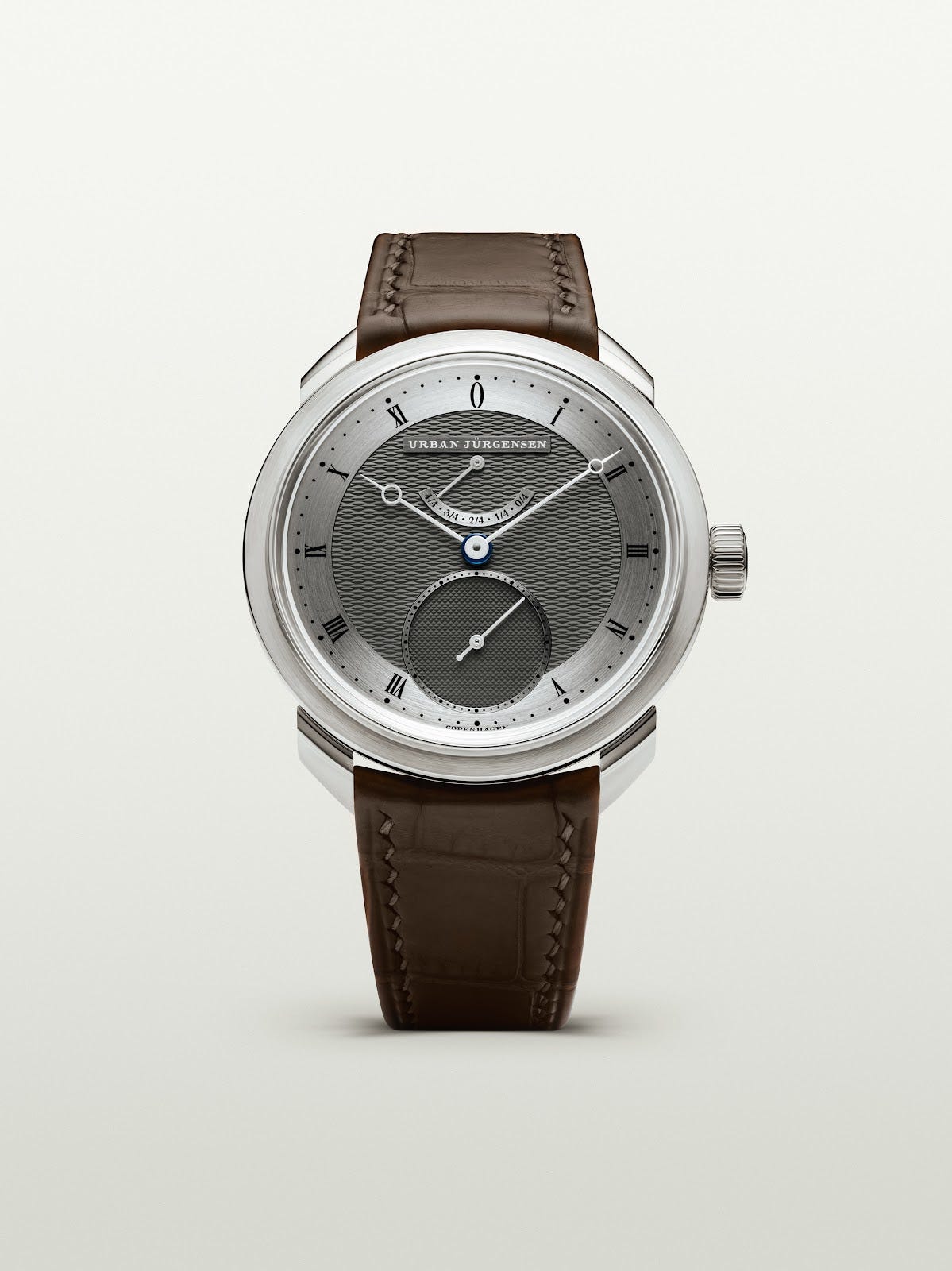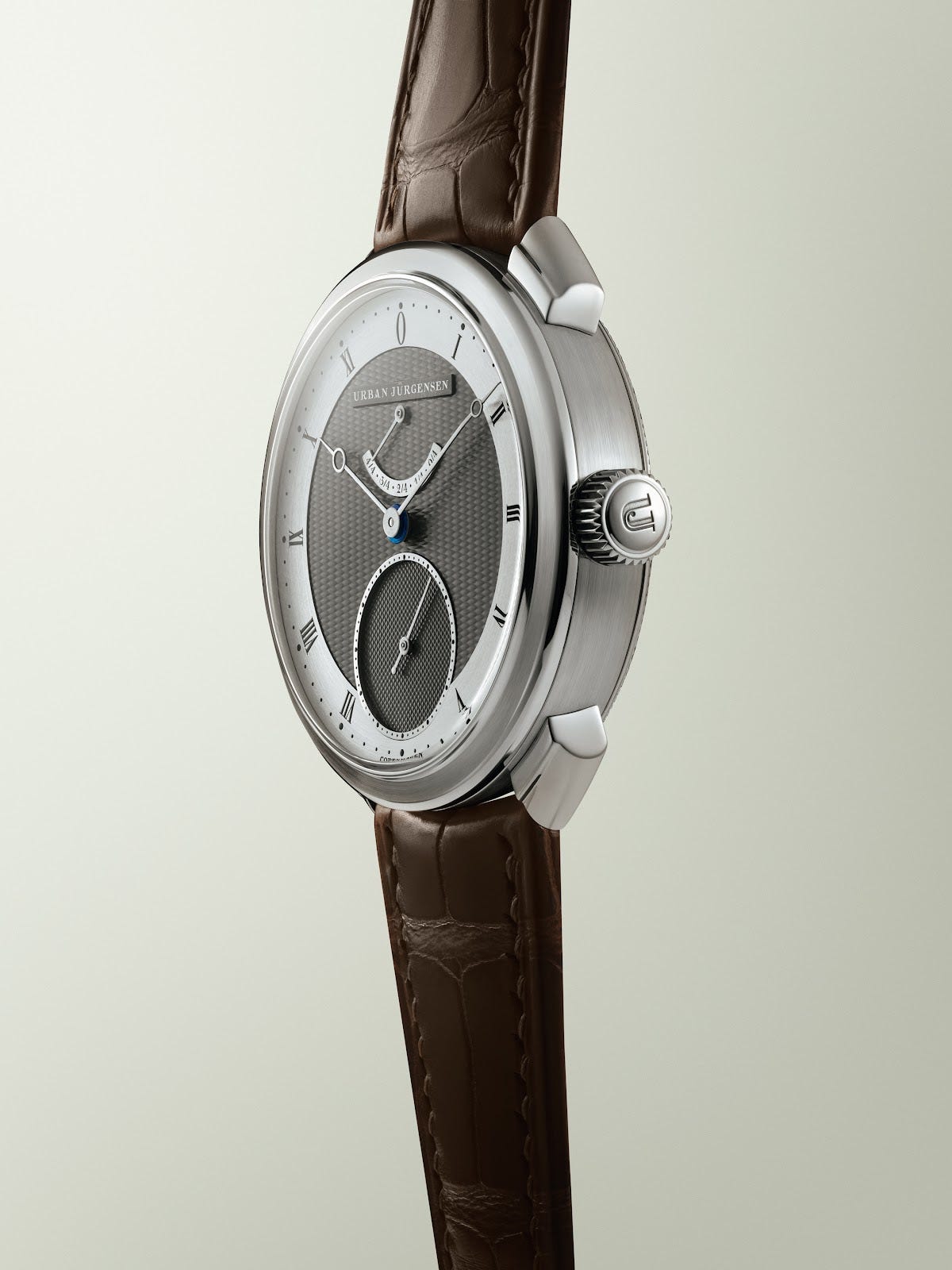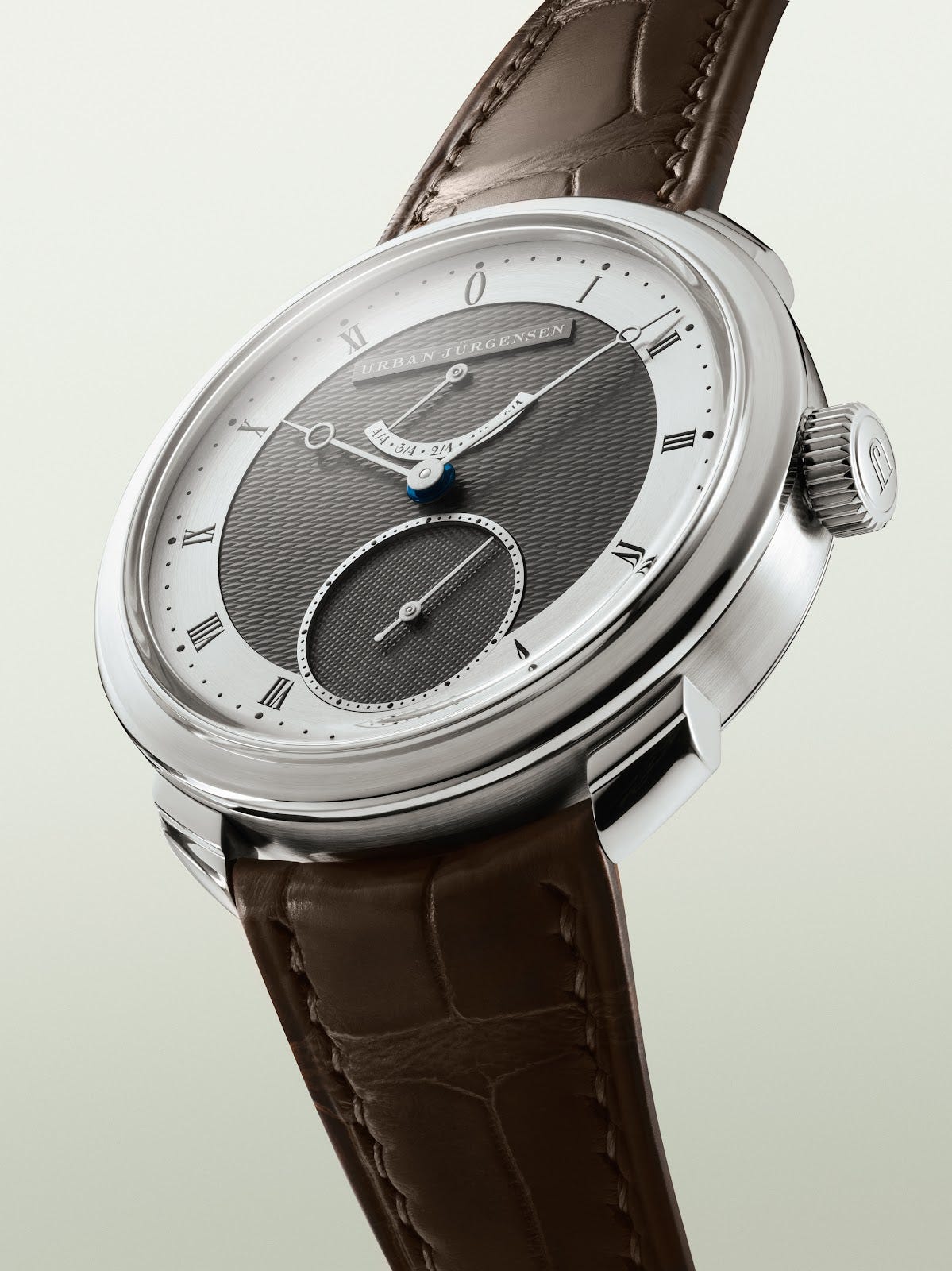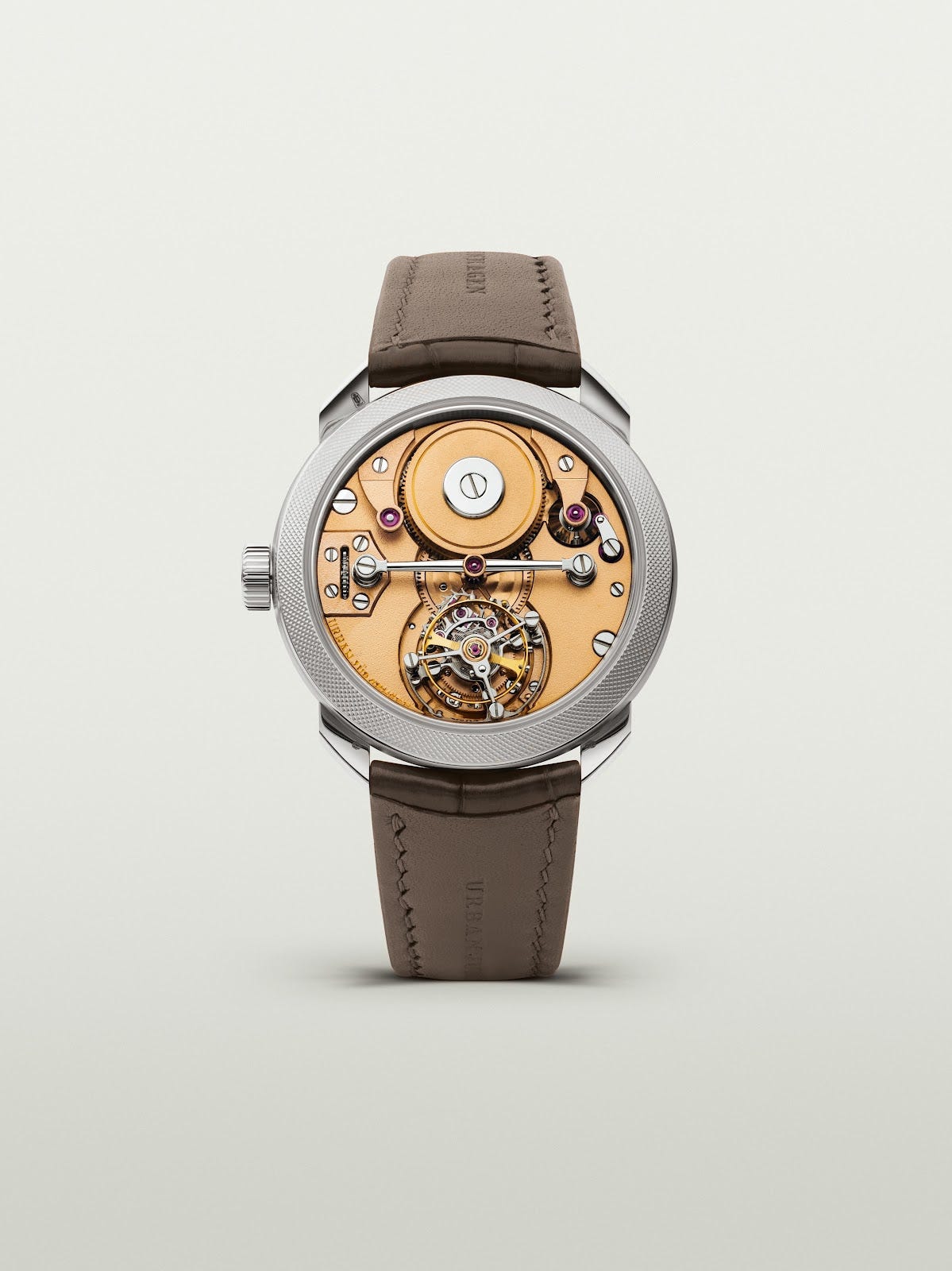When Time Becomes Testament
"Only through time time is conquered" — T.S. Eliot, Burnt Norton (Four Quartets)
In a quiet salon, the rebirth of a 250-year-old watchmaker becomes a meditation on belief, strategy, and the modern appetite for permanence.
It began, as these things often do, in silence—an upstairs salon in Geneva where the walls themselves seemed upholstered in restraint.
A small crowd had gathered: collectors with the light of entitlement in their eyes, a few journalists feigning curiosity, one or two real believers.
At the centre, under a glass dome, lay the UJ-1 250th Anniversary Tourbillon. Platinum, guilloché, discreetly luminous—it rested like an instrument that no longer needed to prove its purpose. Someone from the brand adjusted the lighting, and the watch answered with a faint reflection—nothing theatrical, just an acknowledgment that it was, in fact, alive.
I watched as a hand reached for it—white gloves, deliberate motion. Every such presentation is theatre; every gesture rehearsed.
The sales director spoke softly about the constant-force remontoir and the flying tourbillon mounted on a Reuleaux triangle. His voice carried the cadence of a priest reading from the Missal.
He mentioned that the movement had been re-engineered from Derek Pratt’s legendary Oval Pocket Watch, the one that took two decades to complete and was later finished by Kari Voutilainen himself.
Around me, heads nodded with the solemn rhythm of affirmation.
“Miniaturised perfection,” someone whispered.
What fascinated me was not the watch but the choreography of belief.
Every few years, a brand attempts resurrection. Most fail because they underestimate how much faith must be manufactured.
Urban Jürgensen, founded in 1773, has made a career of surviving its own deaths. Now, under new co-CEOs Alex Rosenfield and Kari Voutilainen, it performs a new liturgy—one that trades on heritage while quietly studying the economics of attention.
“Time kept and spent beautifully,” their campaign insists. The phrase is less slogan than worldview: time not as efficiency but as possession—the luxury of duration itself.
When the watch reached me, I was surprised by its weight—not heaviness, but density.
39.5 millimetres of platinum feels neither modern nor vintage, just certain. The guilloché dial shimmered in linear Grain d’Orge; the small seconds sat at six o’clock in Clous de Paris. The famous Jürgensen hands, flame-blued and slightly domed, hovered with surgical calm.
I turned the case over. Beneath sapphire, the rose-gold-plated movement was a landscape of patience—mirror-polished screws, domed bevels, perlage soft as dust. It ran at 18,000 vibrations per hour: a heartbeat too slow for the digital age and too fast for the sentimental.
Someone asked about production numbers.
“Seventy-five pieces,” they said—twenty-five in each metal. “CHF 368,000 before taxes.”
A pause followed, as if the number itself required reverence. That figure, I thought, buys more than a watch; it buys access to a circle that believes scarcity has moral weight.
In the collector economy, rarity equals virtue. To own one is to hold proof that patience can still be monetised.
Across the room, a younger collector—one of those data-driven investors who speak of pieces as positions—leaned toward me.
“They’re pricing for sovereignty,” he said. “Positioning themselves like Dufour and Greubel, not Breguet.”
His tone was approving. He was right.
The UJ-1 is not designed to compete with mainstream complications; it’s designed to signal cultural capital, to place Urban Jürgensen back into the conversation where independent legitimacy and group-backed infrastructure intersect.
It is, in strategic language, a halo product: low volume, high symbolism.
What the brand is selling, then, is continuity.
The relaunch’s imagery—shot by Ellen von Unwerth—shows artists, sailors, chefs: people who spend time beautifully. It’s a campaign that replaces elitism with intimacy, an aesthetic of quiet joy masking a clear objective—to humanise high horology without discounting it.
Beneath the narrative of craftsmanship lies a sharper truth: in an era when data replaces detail, the real luxury is slowness that appears effortless.
Still, every resurrection risks self-parody.
I remember the last decade, when heritage became the industry’s favourite anaesthetic—applied to justify everything from lazy re-issues to inflated list prices.
Urban Jürgensen’s difference is that its heritage was never mass-marketed in the first place. The name existed in footnotes, in auction catalogues, whispered among those who knew of Pratt’s remontoir tourbillons or Peter Baumberger’s late-20th-century pocket watches.
Voutilainen’s return to helm the brand—after his own ascent as an independent—closes a narrative loop. He isn’t just reviving a brand; he’s settling a personal debt to the craft that formed him. That sincerity radiates from the UJ-1 like heat from metal.
I asked quietly whether the movement was entirely in-house. The answer was nuanced: designed and assembled under Urban Jürgensen’s direction, with components from trusted suppliers.
In the age of “manufacture inflation,” honesty becomes its own form of differentiation. A watch doesn’t need to be made in total isolation; it needs to be made with conviction. Here, that conviction is visible at every junction screw.
The conversation drifted to markets.
Since the 2020s, collectors have learned to read watches as financial instruments. Auction data dictates desire; scarcity becomes algorithm.
But the UJ-1 resists speculation by sheer impracticality. It is too expensive, too introspective, too bound by hand-time to flip easily.
If it appreciates, it will do so because belief compounds slowly. In that sense, it’s closer to art than asset: its ROI is measured in reputation.
For investors who see themselves as patrons rather than traders, this is the appeal. The watch says, I understand value as duration.
Later, when most had drifted toward the bar, I remained near the display.
The salesman wound the crown again. I heard the whisper of gears taking tension, the invisible remontoir charging itself for another minute of constancy.
The movement’s logic—delivering uniform power to counteract fatigue—felt allegorical. This is what the brand itself attempts: a constant-force mechanism against the entropy of fashion.
Every spin of that tourbillon is an argument against forgetting.
Outside, the afternoon had turned silver. I walked down toward the lake, brochure folded under my arm.
In the reflection of a window, the watch still ticked behind me, sealed in glass, surrounded by belief.
I thought of Urban Jürgensen himself, apprenticed in the workshops of Breguet and Arnold, learning to measure time not as conquest but as comprehension. Two and a half centuries later, that same ideal returns, now repackaged for an age that mistakes motion for meaning.
The UJ-1 will not change the world. It doesn’t need to.
Its purpose is smaller and therefore greater: to remind a handful of people that perfection pursued for its own sake still matters.
In this, it succeeds completely.
The tourbillon’s slow revolution isn’t just a technical flourish; it’s a visible act of persistence.
In the soft hum of Geneva’s traffic, I could almost hear it continuing, somewhere behind closed doors, repeating the same promise made in 1773—that time, handled with devotion, can be kept beautifully, even when everything else accelerates.
That night, writing notes for this review, I looked again at the specifications: 47-hour power reserve, 32 jewels, 5N rose-gold-plated movement.
Facts, but not meaning.
The meaning lives in the gesture of its making, in the refusal to rush.
Perhaps that is the true function of such watches today: not to measure time, but to give time back a shape.
For the few who will wear it, the UJ-1 is a conversation with permanence; for the rest of us, it is a reminder that craft is the last remaining form of resistance.
About the Author
Sergio Galanti is an independent brand strategist and writer in the luxury watch industry. He is the editor of WatchDossier, a publication devoted to the cultural and philosophical undercurrents of modern horology.
No compensation or brand affiliation influenced this essay. Opinions are the author’s own.
Further Reading
Subscribe watchdossier.ch to receive more insights on luxury, craftsmanship, and collecting.






